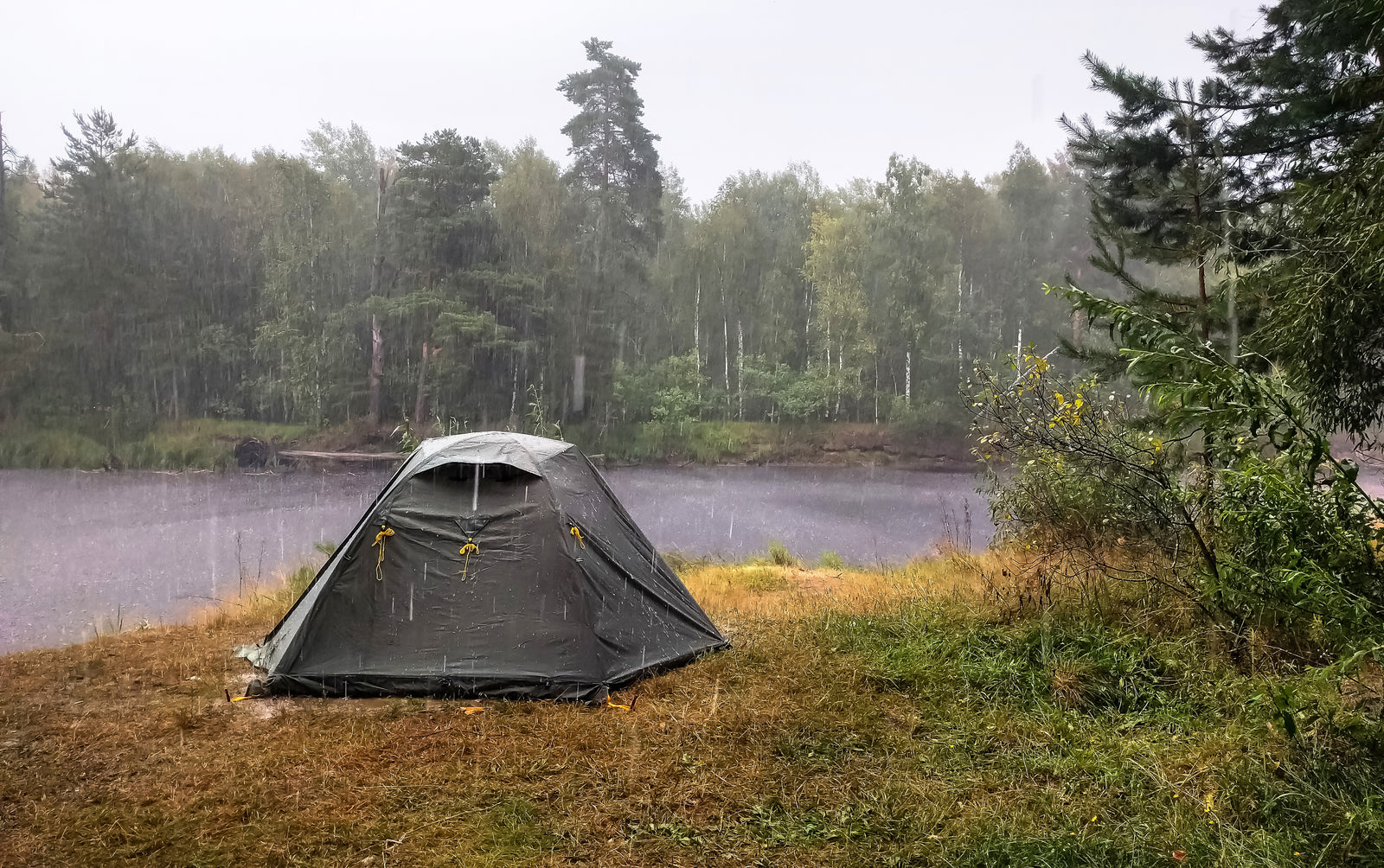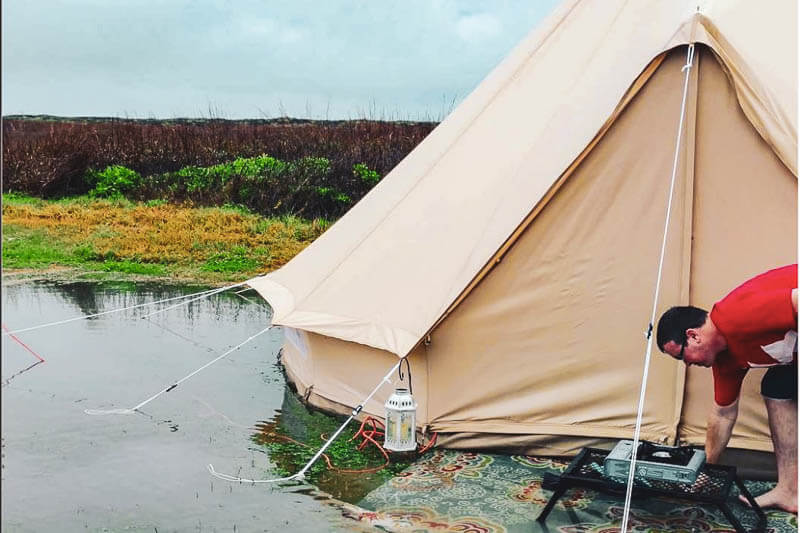Introduction:
When venturing into the great outdoors, a reliable and waterproof tent is essential for shelter and protection from the elements. However, understanding the waterproof capabilities of tents can be crucial for a comfortable and safe camping experience. In this comprehensive guide, we will delve into the world of tent waterproofing, exploring the factors that contribute to a tent’s water resistance, the various waterproofing technologies utilized, and the key considerations when choosing a waterproof tent for your outdoor adventures.
Part 1: The Importance of Waterproof Tents
Level 1: Protection from the Elements
Waterproof tents are vital for safeguarding campers from rain, snow, and moisture, providing a dry and comfortable shelter in unpredictable weather conditions. Their ability to repel water ensures that camping trips remain enjoyable and safe, even during inclement weather.
Level 2: Preventing Interior Damage
A waterproof tent not only keeps campers dry but also protects their gear and equipment from water damage. By creating a barrier against moisture, waterproof tents help maintain a dry and habitable environment inside the shelter, preserving the comfort and safety of campers and their belongings.
Part 2: Factors Affecting Tent Waterproofing
Level 1: Tent Material
The choice of tent material plays a significant role in determining a tent’s waterproof capabilities. Fabrics such as polyester, nylon, and canvas are commonly used in tent construction, each offering varying levels of water resistance and breathability.
Level 2: Tent Design and Construction
The structural design and construction of a tent impact its ability to repel water. Features such as bathtub floors, rainfly coverage, sealed seams, and adequately positioned ventilation all contribute to a tent’s waterproof performance.
Part 3: Waterproofing Technologies
Level 1: Coating and Treatment
Tents are often treated with waterproof coatings, such as polyurethane (PU) or silicone, to enhance their water resistance. These treatments create a hydrophobic barrier, causing water to bead and roll off the tent’s surface.
Level 2: Seam Sealing
Seams, where two pieces of tent material are sewn together, represent potential weak points for water ingress. Seam sealing with specialized tape or liquid sealants helps reinforce these areas, preventing water from seeping through the seams.
Part 4: Evaluating Waterproof Ratings
Level 1: Hydrostatic Head Rating
The hydrostatic head rating measures a fabric’s ability to withstand water pressure before it permeates the material. Tents with higher hydrostatic head ratings generally offer superior water resistance.
Level 2: Breathability
While waterproofing is crucial, tents must also offer breathability to prevent condensation buildup inside the shelter. Breathable fabrics and well-designed ventilation systems help maintain a comfortable internal environment.
Part 5: Tips for Choosing a Waterproof Tent
Level 1: Consider the Weather Conditions
When selecting a waterproof tent, consider the climate and conditions in which it will be used. Tents designed for four-season use generally offer the highest level of waterproofing for severe weather conditions.
Level 2: Evaluate Additional Features
Look for additional features such as vestibules, waterproof zippers, and storm flaps, which enhance a tent’s ability to withstand harsh weather and offer added protection against moisture ingress.
Part 6: Maintaining and Enhancing Waterproofing
Level 1: Regular Maintenance
To preserve the waterproof capabilities of a tent, regular maintenance is essential. This includes cleaning the tent, checking for any damage or wear, and reapplying waterproofing treatments as needed.
Level 2: Re-Waterproofing
Over time, the waterproof coatings on tents may degrade due to use and exposure to the elements. Reapply waterproofing treatments, such as spray-on or wash-in solutions, to restore the water repellency of the tent’s fabric.
Part 7: Testing Waterproof Performance
Level 1: Preliminary Testing
Before heading out on a camping trip, it’s advisable to conduct a preliminary water test on the tent. Set up the tent and use a water hose or bucket to simulate rain, allowing you to identify any potential leaks or weak points that require attention.
Level 2: On-Field Assessment
While in the field, observe the tent’s waterproof performance during rainy or moist conditions. This firsthand assessment enables campers to address any issues and make adjustments to enhance the tent’s waterproof integrity.
Part 8: Embracing the Outdoors with Confidence
Level 1: Enjoying the Outdoors
Armed with a waterproof tent, outdoor enthusiasts can embark on their journeys with confidence, knowing they have a reliable shelter to keep them dry and comfortable in various environmental conditions, allowing them to fully immerse themselves in the beauty of nature.
Level 2: Safety and Peace of Mind
A waterproof tent not only offers protection from the elements but also contributes to the safety and peace of mind of campers, enabling them to focus on enjoying their outdoor activities without the worry of moisture-related discomfort or damage to their belongings.
By prioritizing waterproof qualities and understanding the elements influencing tent waterproofing, adventurers can truly embrace the great outdoors, knowing they have a dependable and watertight shelter to see them through their camping adventures.
Conclusion:
Understanding the waterproof qualities of tents is crucial for a successful and comfortable outdoor adventure. With the right knowledge of factors affecting waterproofing, various waterproofing technologies, and important considerations when choosing a waterproof tent, campers can make informed decisions when selecting their shelter. A reliable and waterproof tent not only ensures protection from the elements but also contributes to a positive camping experience, allowing adventurers to enjoy the beauty of the outdoors safely and comfortably. By prioritizing waterproof qualities in tents, campers can embark on their outdoor escapades with confidence, knowing they have a reliable shelter to weather any storm.
A waterproof tent serves as a reliable sanctuary in the wilderness, offering protection and comfort amidst varying weather conditions. By understanding the pivotal factors influencing tent waterproofing, evaluating waterproof ratings, and considering essential features, outdoor enthusiasts can make informed decisions when selecting a tent for their adventures. Additionally, prioritizing regular maintenance, re-waterproofing, and thorough testing ensures that a tent continues to provide dependable shelter and protection over time. With a well-chosen and properly maintained waterproof tent, campers can revel in the splendor of nature while taking refuge in a secure and dry haven, forging unforgettable outdoor experiences with peace of mind and comfort.
a waterproof tent is a crucial investment for outdoor enthusiasts, providing a safe, dry, and comfortable haven in the midst of nature’s unpredictable elements. With the knowledge and considerations outlined in this guide, campers can make informed decisions when selecting a tent, ensuring that they are well-equipped to face varying weather conditions and fully enjoy their outdoor experiences.




